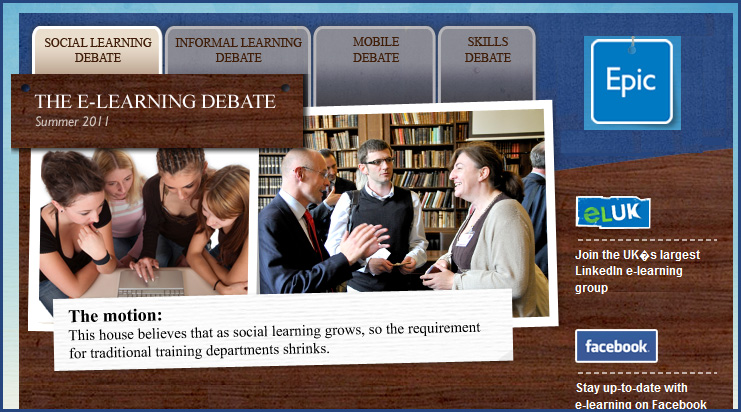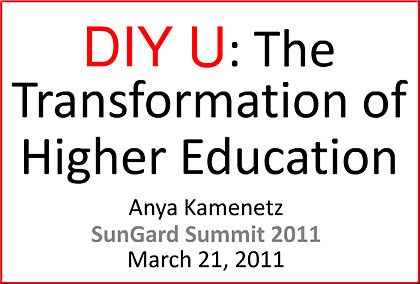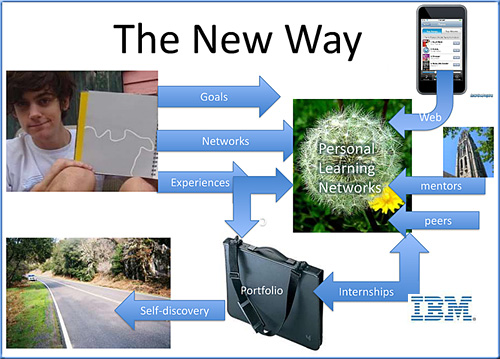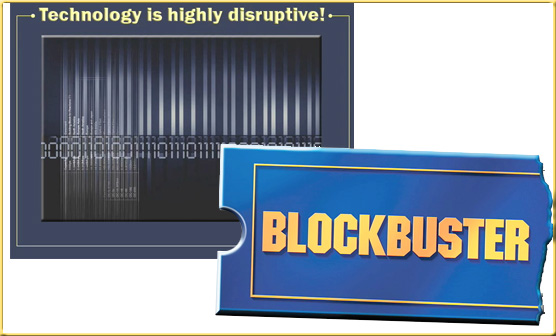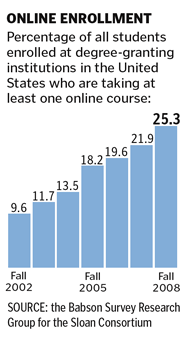How data and analytics can improve education –from O’Reilly by by Audrey Watters
George Siemens on the applications and challenges of education data.
Excerpt:
Schools have long amassed data: tracking grades, attendance, textbook purchases, test scores, cafeteria meals, and the like. But little has actually been done with this information — whether due to privacy issues or technical capacities — to enhance students’ learning.
With the adoption of technology in more schools and with a push for more open government data, there are clearly a lot of opportunities for better data gathering and analysis in education. But what will that look like? It’s a politically charged question, no doubt, as some states are turning to things like standardized test score data in order to gauge teacher effectiveness and, in turn, retention and promotion.
I asked education theorist George Siemens, from the Technology Enhanced Knowledge Research Institute at Athabasca University, about the possibilities and challenges for data, teaching, and learning.
Our interview follows.
From DSC:
My thanks to Stephen Downes for his posting on this:
- Explore A New Learning Frontier: MOOC
(A MOOC is a Massive Open Online Course.)









